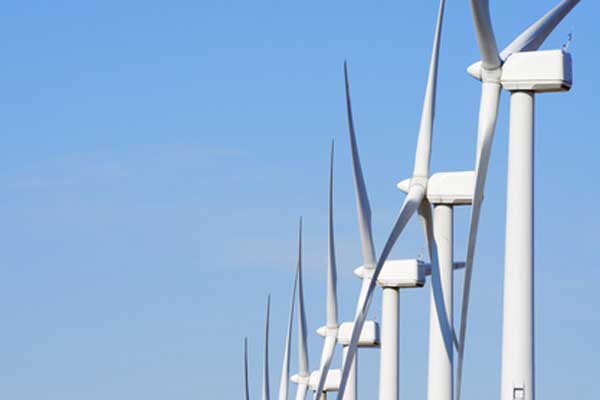Wind farms annoy some people – notably our federal Treasurer, Joe Hockey – but there is no evidence they have any serious health impacts, a report released yesterday has concluded.
The study from The National Health and Medical Research Council (NHMRC) is the most comprehensive Australia has seen into whether wind farms damage human health.
Past studies have shown that people are more likely to be annoyed by wind farms, and blame them for health problems, if they start out with a pre-existing dislike for them.
Experts in environmental health, research methodology, acoustics, psychology and sleep, as well as a consumer advocate, have found that there is no evidence of a link between turbines and pathological anxiety, depression, changes in blood pressure, heart disease, or ringing in the ears.
The report concluded that it is unlikely any adverse health affects would be felt at a distance of more than 1,500 metres.
Much like the health complaints some people attribute to wind turbines, the NMHRC found that of the 4,000 papers it identified, only 13 were of high enough scientific quality to be used when considering possible relationships between wind farms and human health.
Professor Warwick Anderson, CEO of NHMRC, has indicated that because of the poor evidence base, and the high levels of public concern, he will issue a one-off targeted call for new research in the area.
This research is likely to make use of better measurement of noise from turbines, consider social and environmental circumstances, and unfortunately for turbine-truthers, will not rely solely on self-reported health effects.

These health affects can reasonably be lumped under the broad umbrella of ‘wind turbine syndrome’, a phrase coined in 2009 by Nina Pierpont, the wife of an anti-wind activist.
Simon Chapman, a Professor of Public Health at Sydney University, finds the phenomenon of people blaming wind turbines for their ailments more interesting than the possibility of (real) health impacts.
“I have worked in public health on three continents since the mid 1970s. In all this time, I have never encountered anything in the history of disease that is said to cause even a fraction of the list of problems I have collected,” Chapman wrote in The Conversation in 2012.
“The list of 155 problems includes “deaths, many deaths”, none of which have ever been brought to the attention of a coroner. It includes several types of cancer, and both losing weight and gaining weight. You name it.
“Haemorrhoids have not yet been named, but nothing would surprise me.
“Many of the problems are those which affect large proportions of any community: hypertension (high blood pressure); mental health problems; sleeping difficulties; sensory problems (eyes, hearing, balance); and learning and concentration difficulties.
“Every day in Australia many hundreds of Australians receive their first diagnosis with these problems, and most live nowhere near wind farms.”
Chapman suspects wind turbine syndrome may be a ‘communicated disease’, or one spread through word of mouth.
Donate To New Matilda
New Matilda is a small, independent media outlet. We survive through reader contributions, and never losing a lawsuit. If you got something from this article, giving something back helps us to continue speaking truth to power. Every little bit counts.



